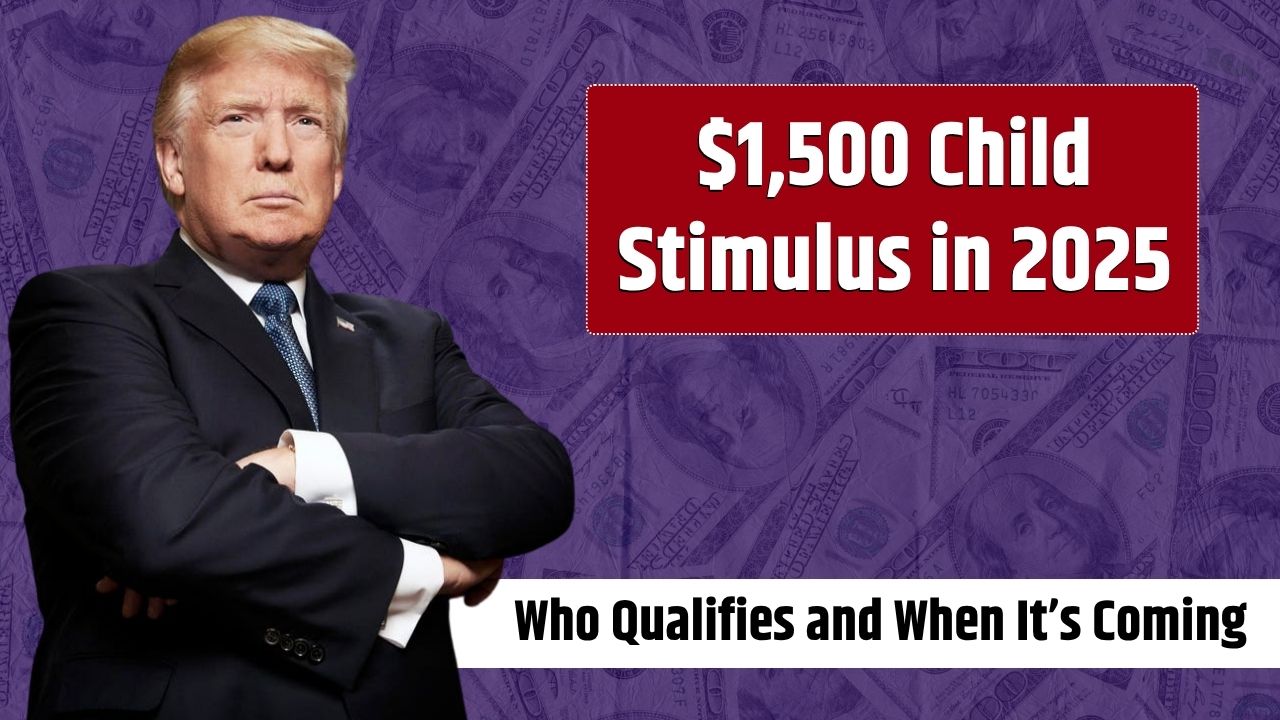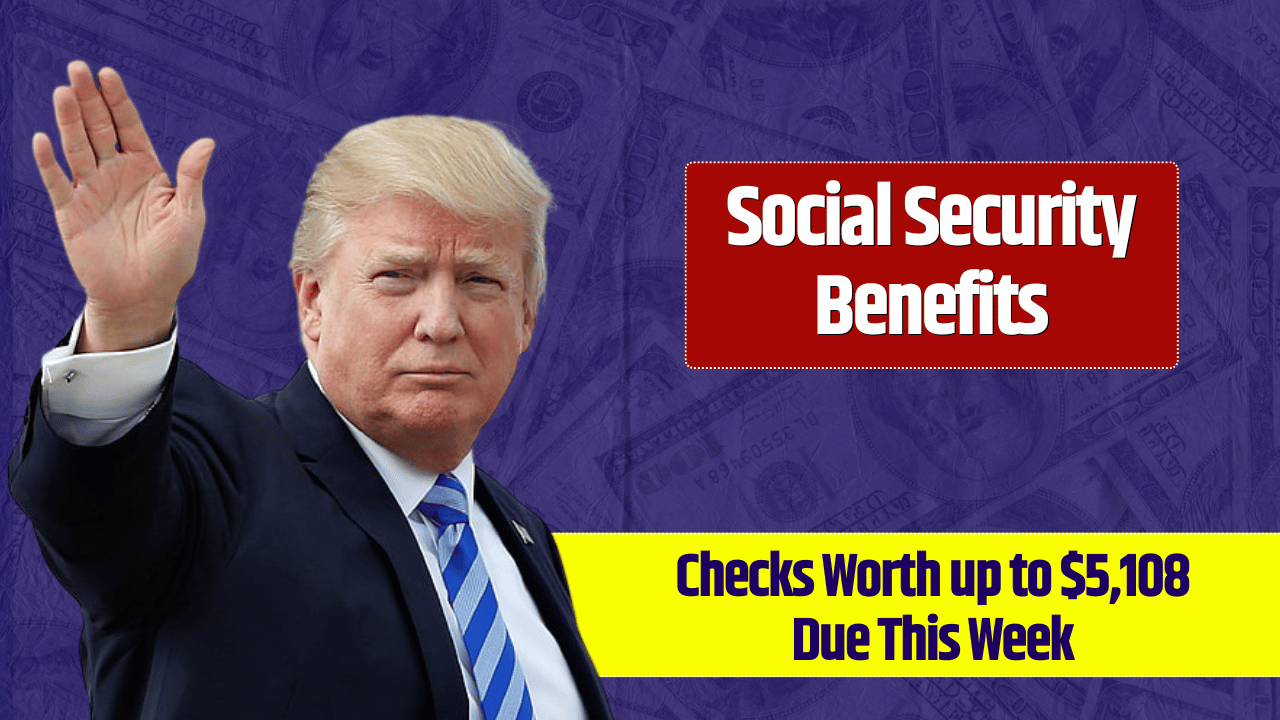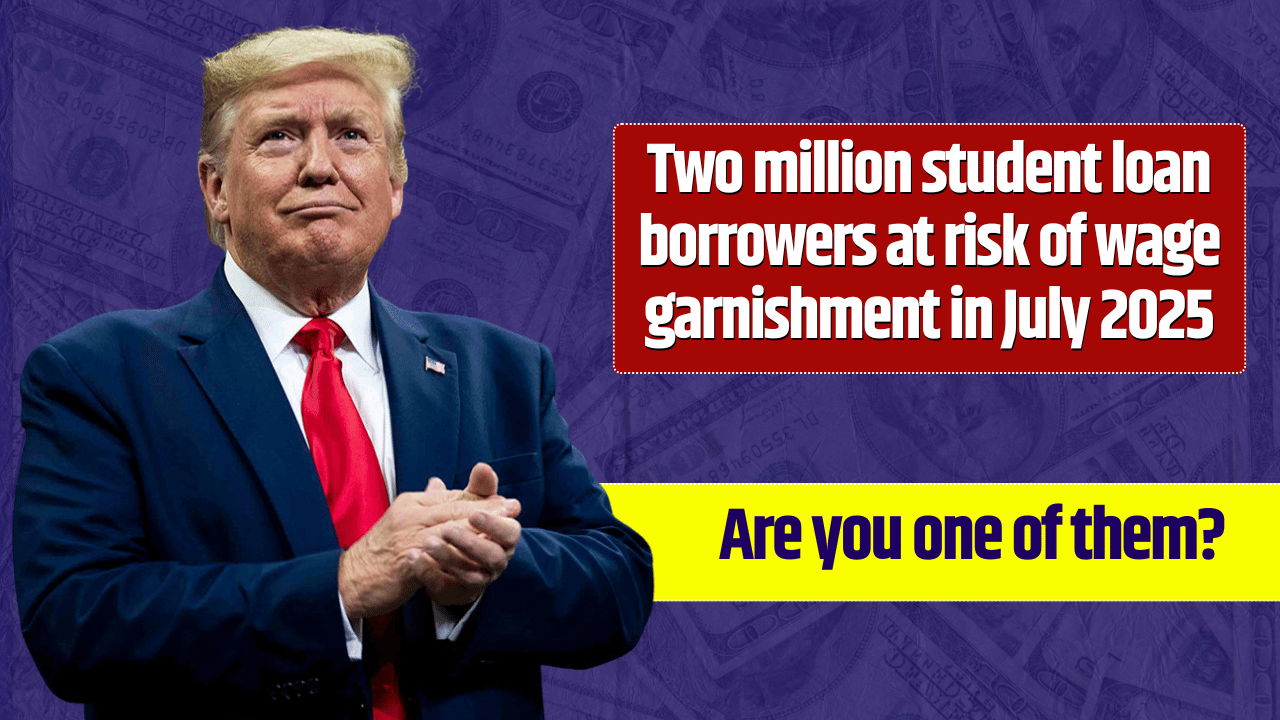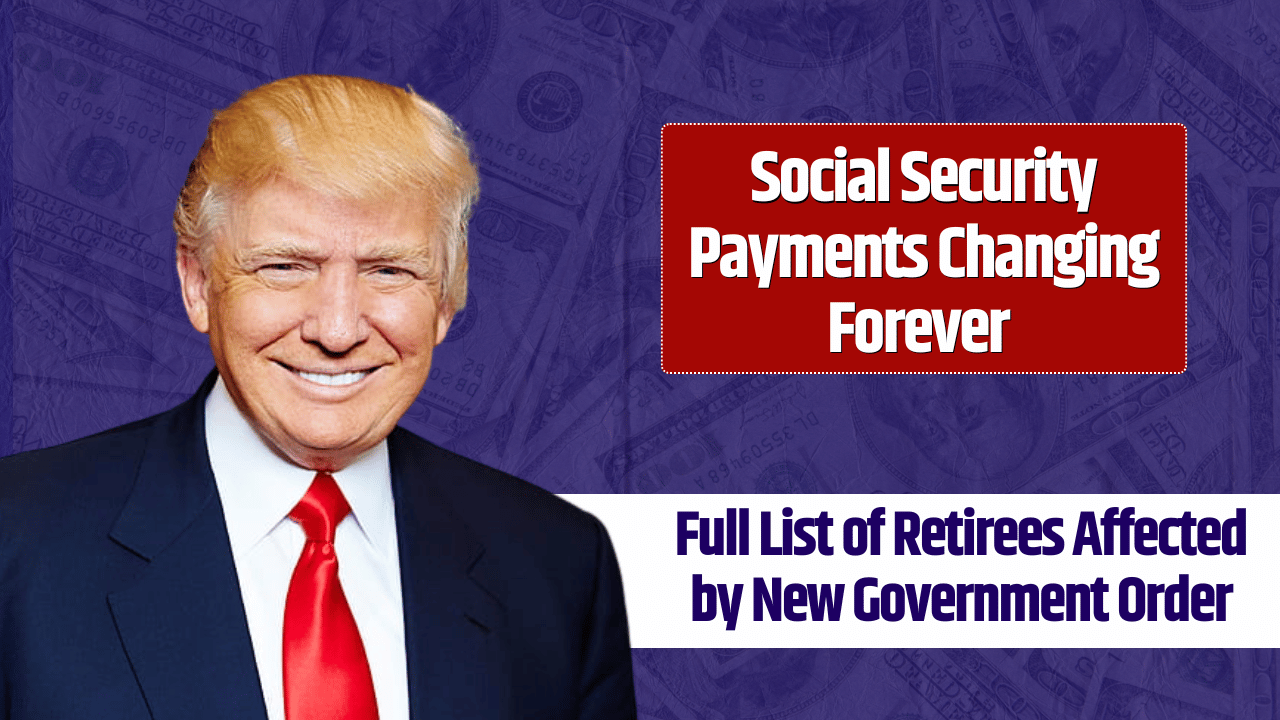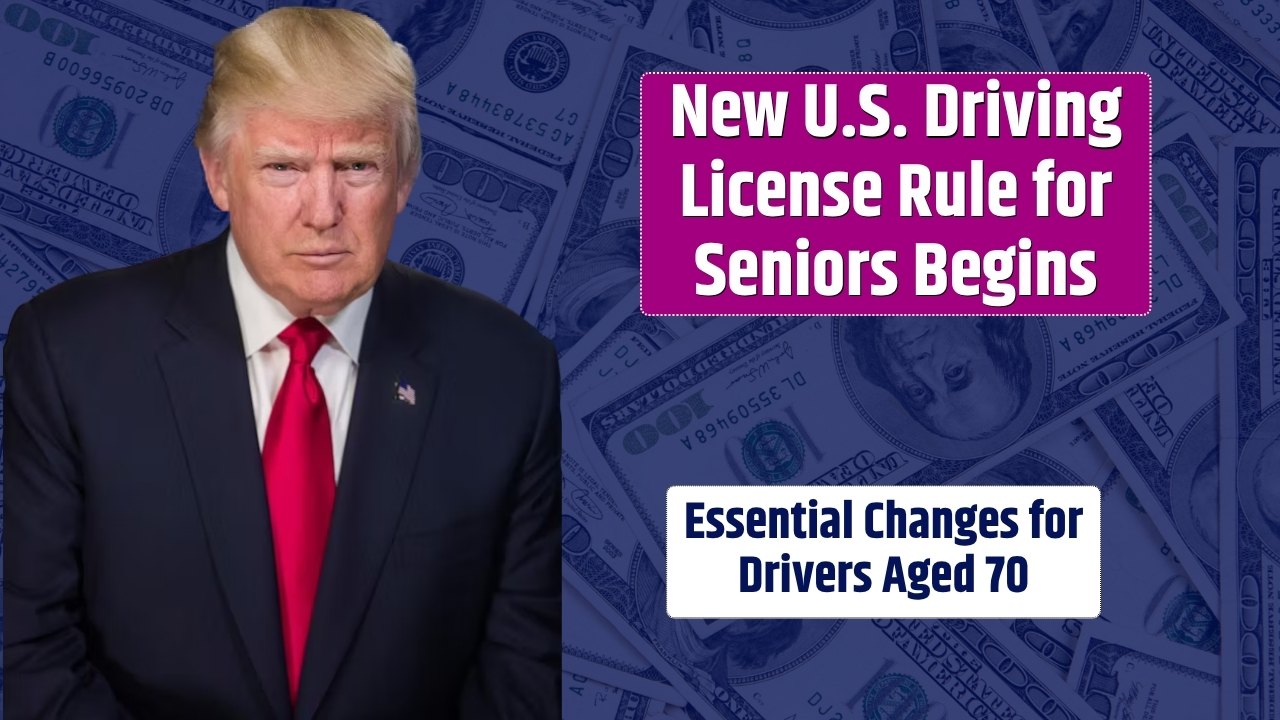As American families continue to face the challenges of high living costs and inflation, a proposed $1,500 child stimulus payment is gaining serious attention in 2025. Designed to provide targeted relief for low- and middle-income households with children, this one-time payment could serve as a financial cushion during a time when many are still trying to recover from the pandemic-era economic ripple effects.
While final approval is still pending in some states and at the federal level, many families are hopeful—and preparing—for what could be a much-needed boost.
Table of Contents
What Is the $1,500 Child Stimulus Payment?
The proposed stimulus is a one-time payment of $1,500 per qualifying child, modeled after the 2021 expanded Child Tax Credit (CTC). However, unlike the monthly payments issued in 2021, this would be a lump sum, distributed in a single round—most likely in Fall 2025, depending on legislative timelines.
Its purpose? To help families cover essential costs like:
- Food and groceries
- Childcare expenses
- Rent and utilities
- School supplies or clothing
- Emergency household needs
This initiative is intended to combat rising costs and support working families as they navigate a still-uncertain economy.
Who Qualifies for the $1,500 Payment?
Eligibility would likely follow the same general guidelines used in previous stimulus and CTC programs:
Basic Eligibility Criteria
- Must have dependent children under age 17
- Children must have a valid Social Security number
- Children must have lived with the claimant for more than half of 2024
- Household must meet income thresholds based on filing status
Proposed Income Thresholds
| Filing Status | Full Benefit Eligibility | Phase-Out Begins |
|---|---|---|
| Single | Up to $75,000 | Over $75,000 |
| Head of Household | Up to $112,500 | Over $112,500 |
| Married Filing Jointly | Up to $150,000 | Over $150,000 |
Families earning above these limits may still receive a reduced amount, depending on how the final legislation is structured.
How and When Will Payments Be Issued?
If the child stimulus is approved, payments are expected to be administered by the IRS or state tax agencies, depending on funding sources and jurisdiction.
Most families will not need to apply. If you:
- Filed a tax return for 2024
- Met the eligibility criteria
- Included your dependents correctly
Then your payment would likely be sent automatically via direct deposit or mailed check.
What About Non-Filers?
Families who don’t usually file taxes may need to:
- File a simplified tax return
- Use an IRS online portal (like the one used in 2021)
This step is especially important for lower-income families or those with newborns or dependents added in 2024. Keeping your tax records up to date will be key to receiving the benefit.
When Could Payments Arrive?
If approved, the first wave of payments could begin as early as Fall 2025, with the goal of reaching households before the holiday season. This timeline hinges on:
- Final Congressional or state-level approval
- IRS readiness for mass disbursements
- Updates to recipient tax records
Why This Matters Now
While not as extensive as the expanded Child Tax Credit in 2021, the $1,500 child stimulus comes at a time when:
- Childcare costs remain unaffordable for many
- Inflation continues to outpace wage growth
- Families are still recovering from job losses and debt related to COVID-19
This payment could act as a financial bridge, giving parents more breathing room during a tough economic period. It also reflects a growing interest among policymakers in making family-based financial support a long-term priority.
FAQs
Is this $1,500 stimulus confirmed?
Not yet. It’s still in the proposal stage, awaiting final approval from Congress or state legislatures.
Who qualifies for the payment?
Families with children under 17, meeting income limits and residency requirements for 2024.
How will I get the payment?
Likely through direct deposit or mailed check, if your tax return includes eligible dependents.
What if I had a baby in 2024?
Be sure to file your 2024 tax return and include your child to qualify.

